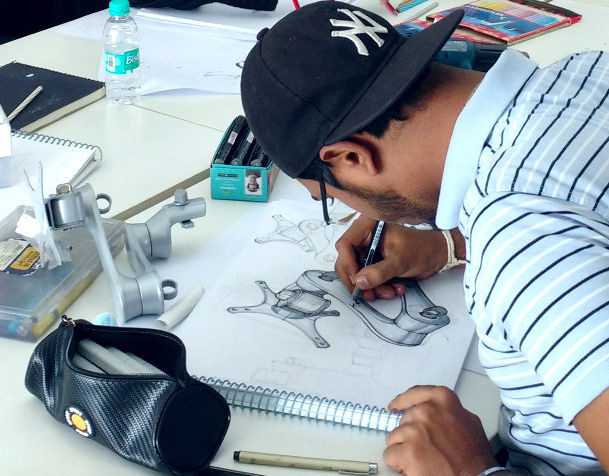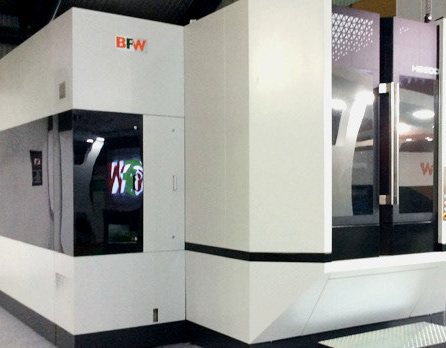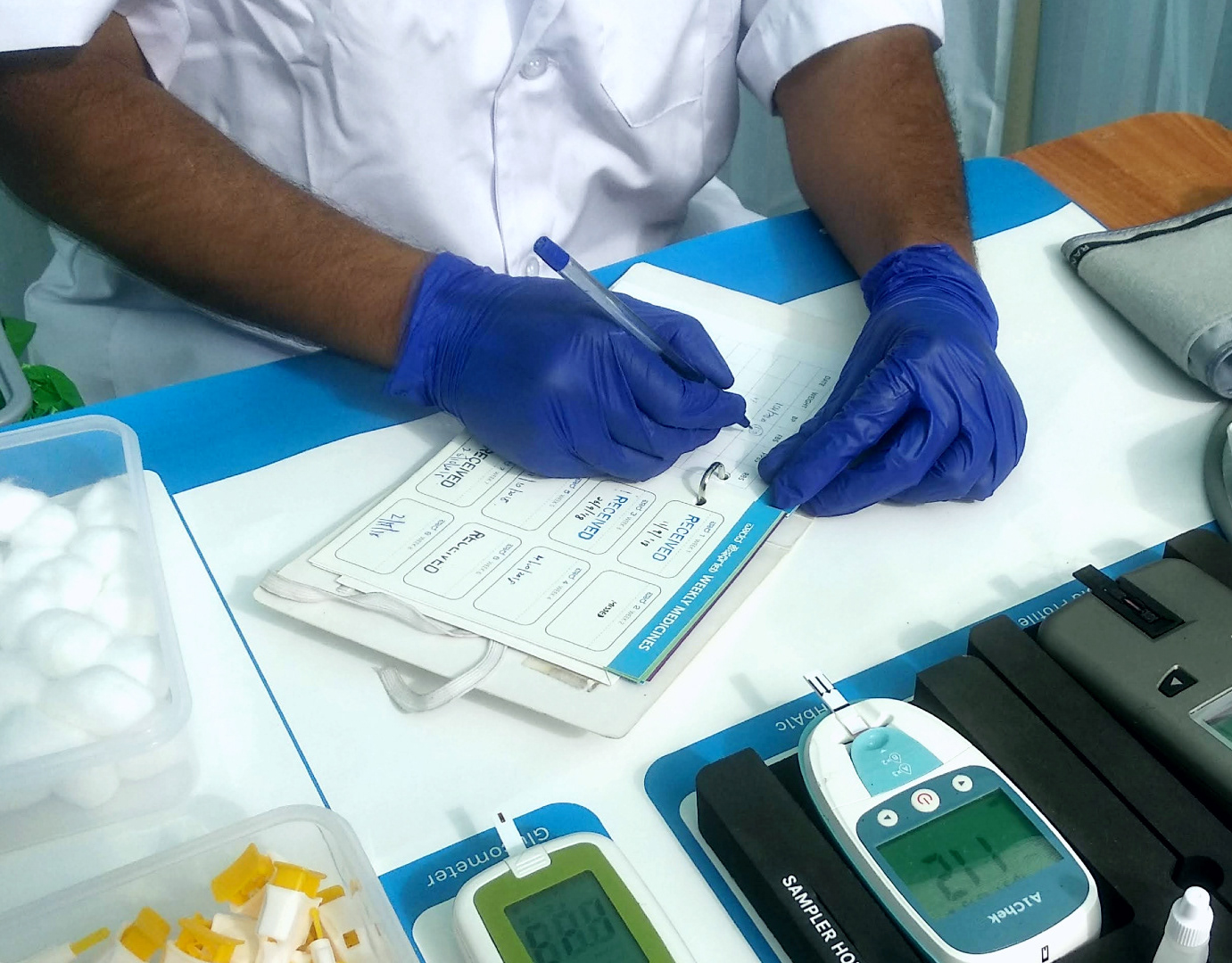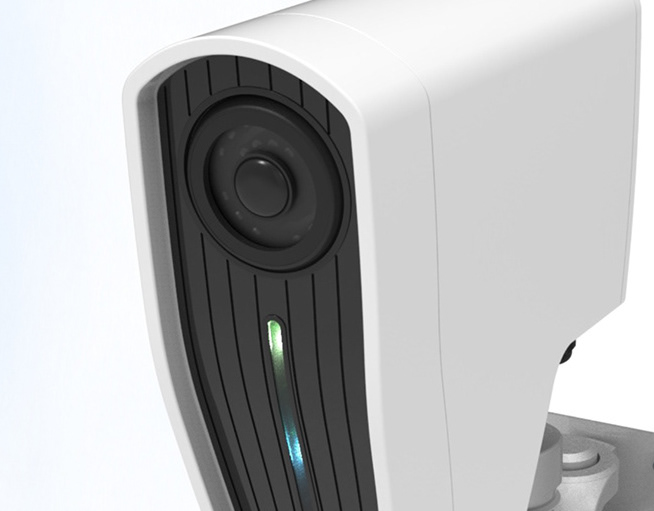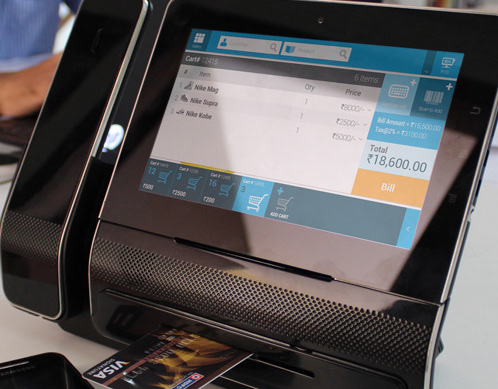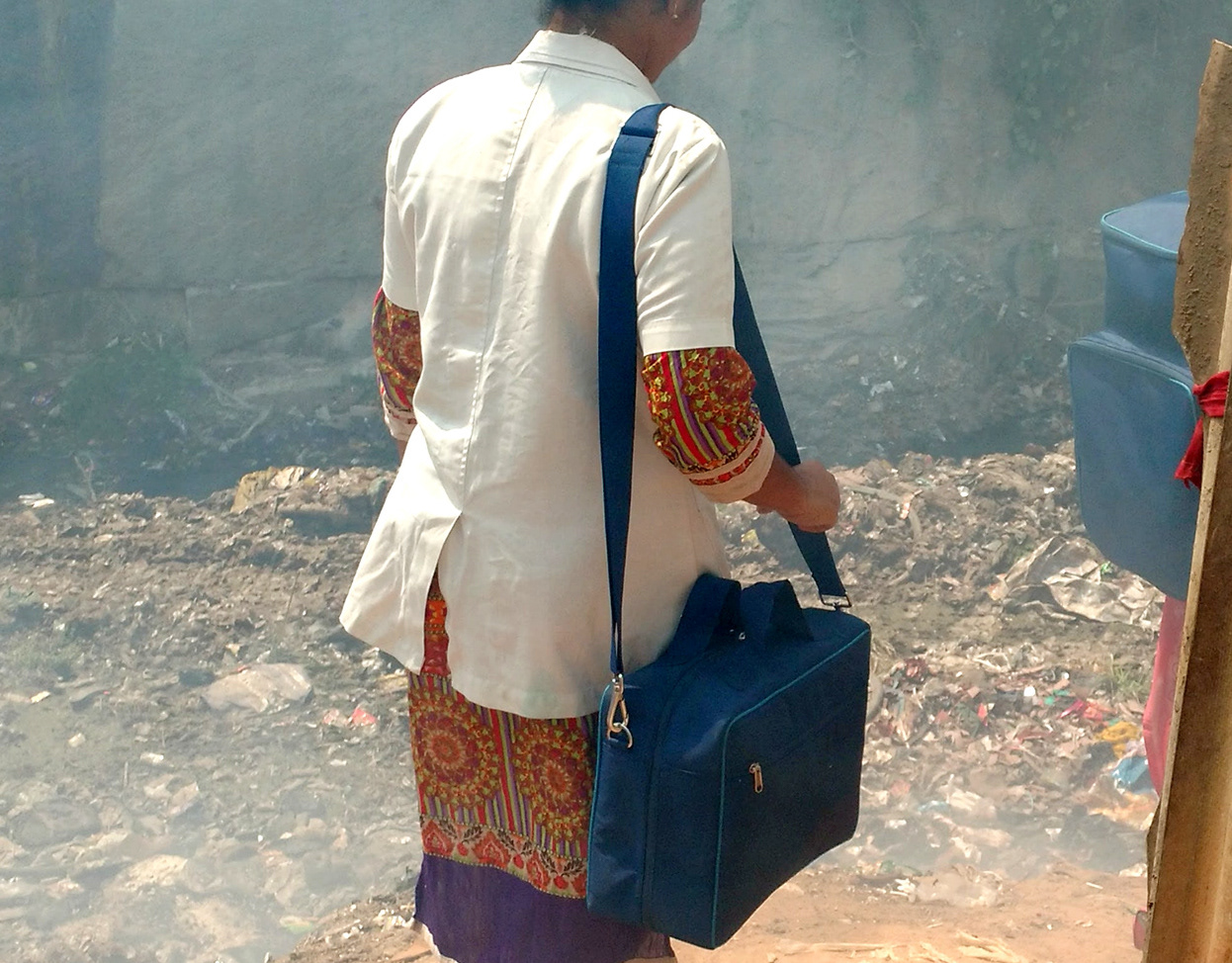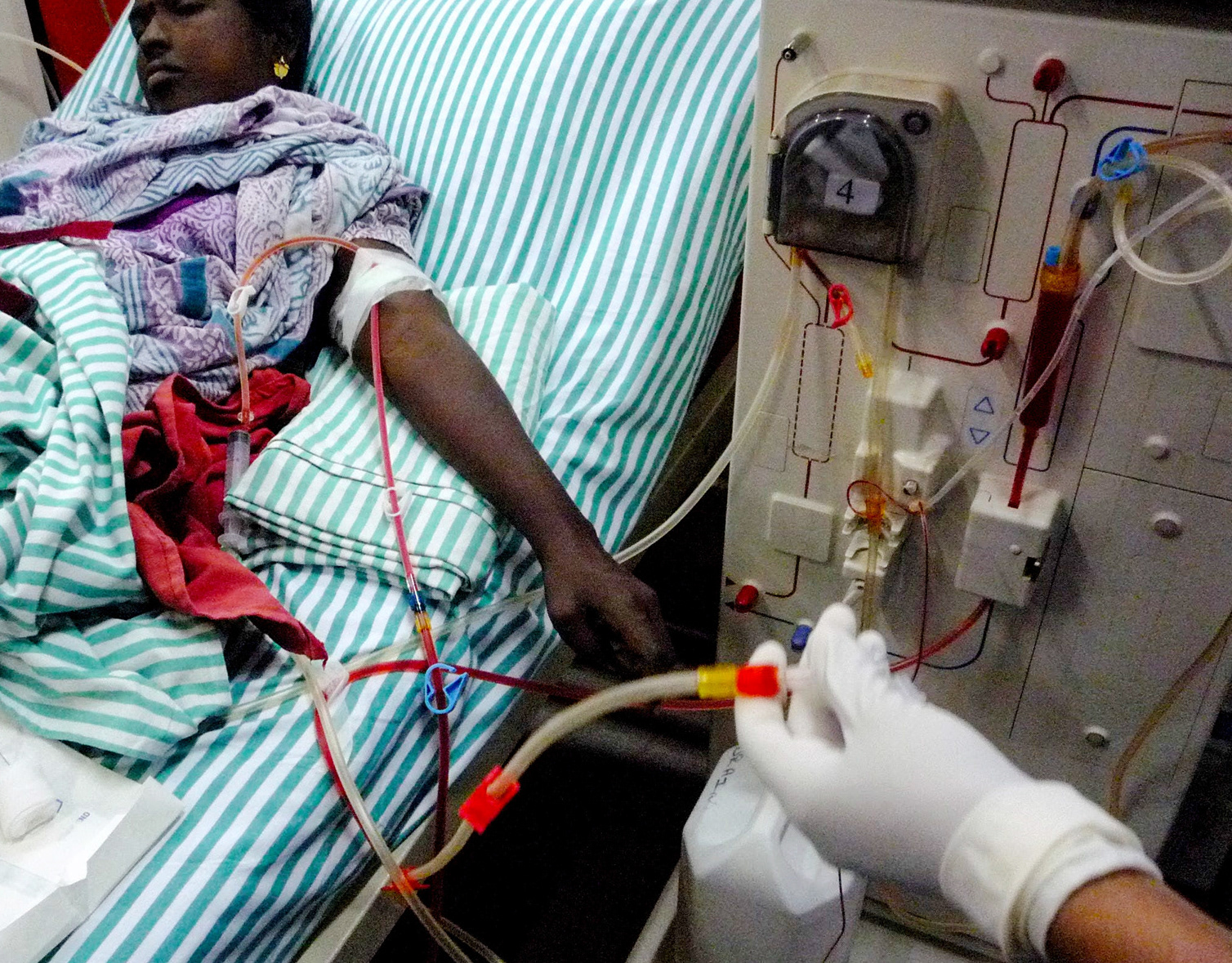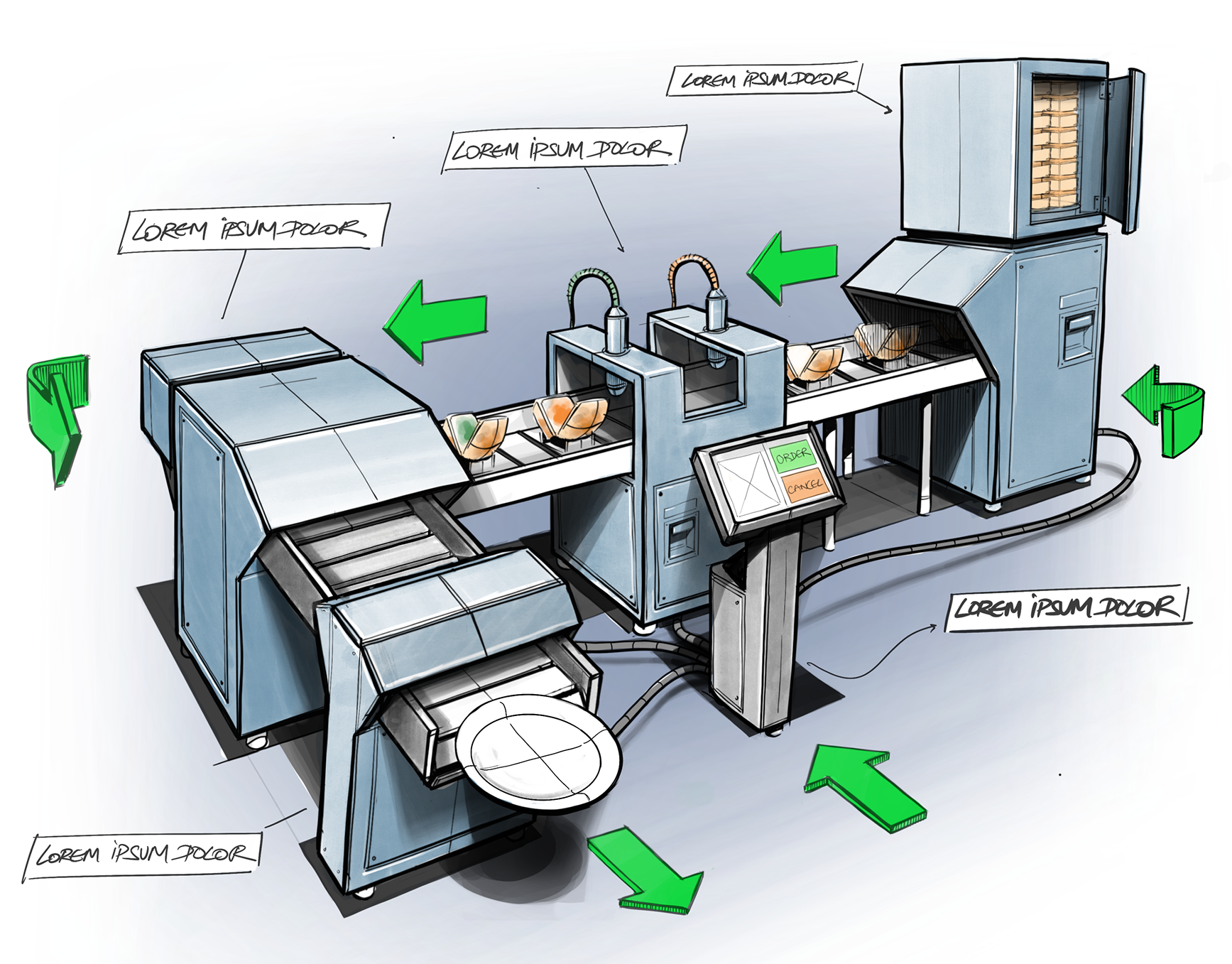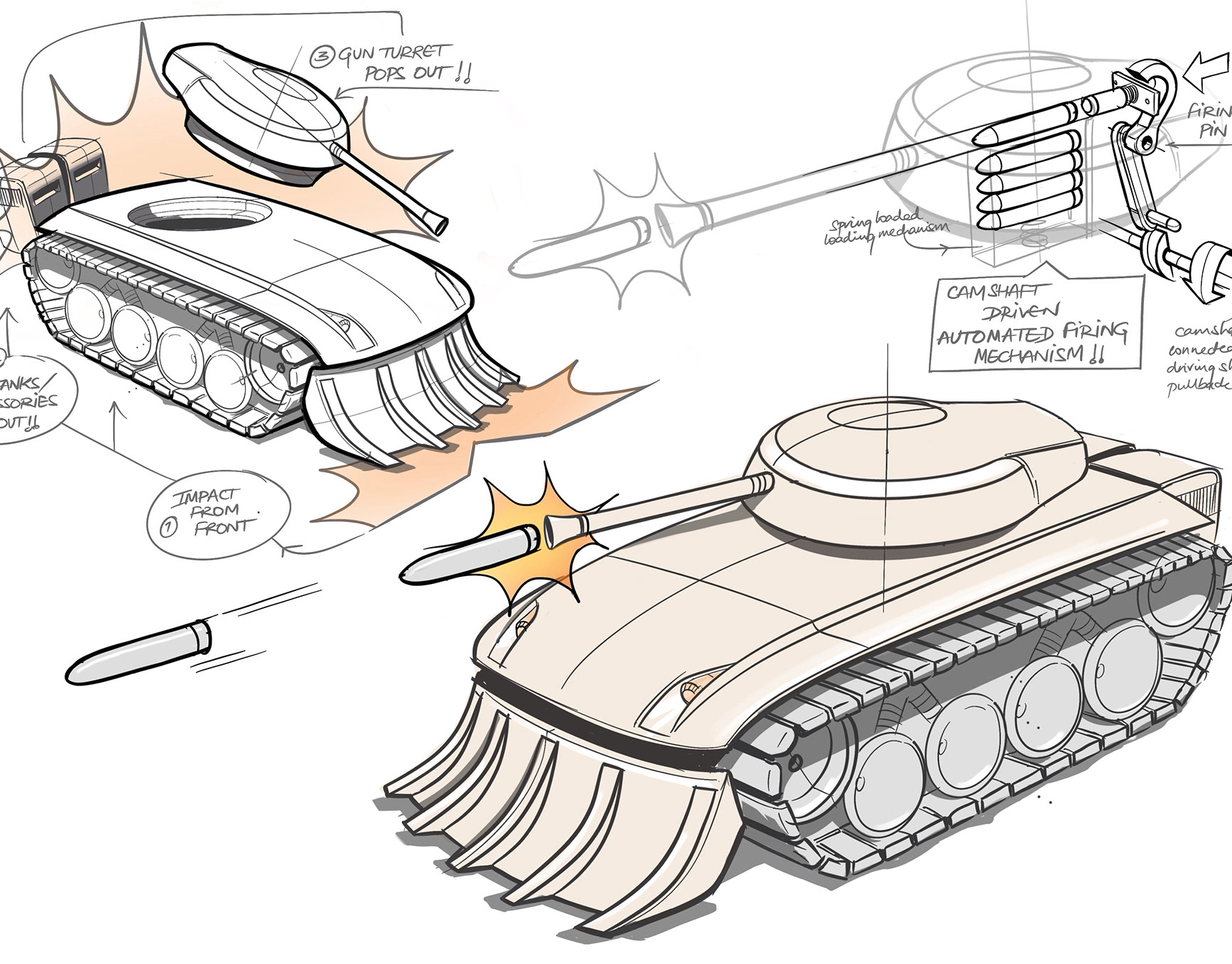Around 3 billion people cook and heat their homes using solid fuels (i.e. wood, charcoal, coal, dung, crop wastes) on open fires or traditional stoves. Such inefficient cooking and heating practices produce high levels of IAP (indoor air pollution) which results in about 2 million premature deaths per year, wherein 54% are from chronic obstructive pulmonary disease (COPD), 44% due to pneumonia, and 2% from lung cancer.
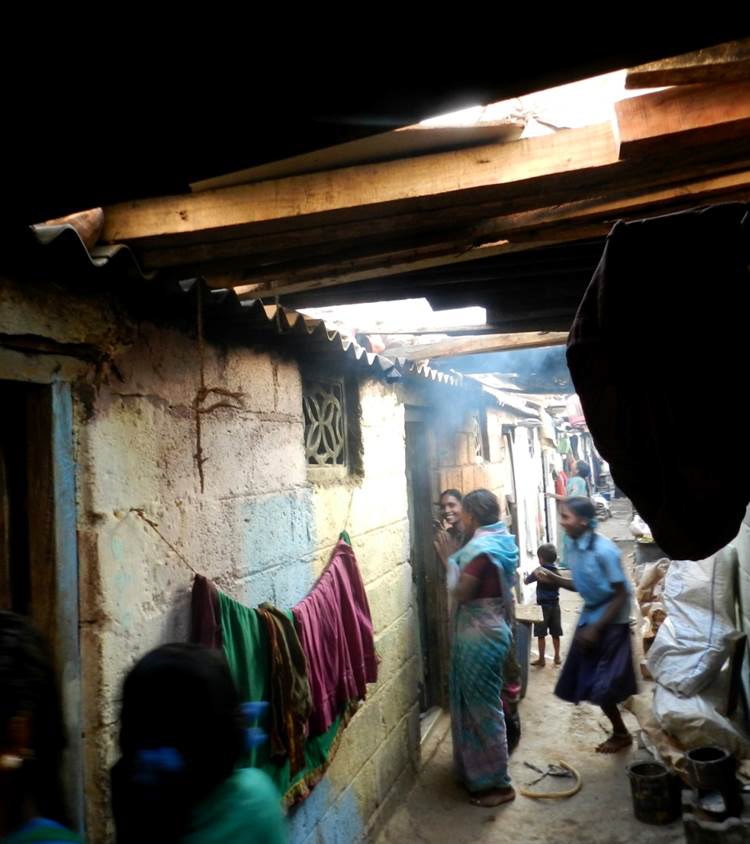
minimal ventilation leading to low dispersion of smoke
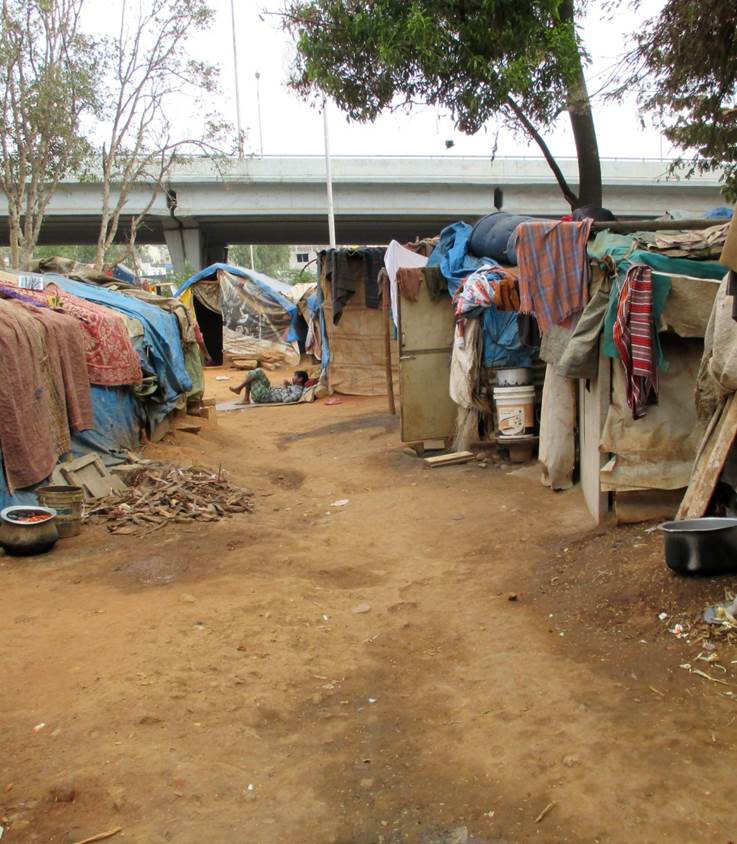
repurposing discarded and waste materials
Two Postgraduate students from Masstricht University's Global Health programme, had been studying these effects of IAP and COPD, amongst the migrant population residing in the urban slums of Bangalore. With no easy access to firewood or cow dung (as they were used to in their villages) and not being eligible to avail government run LPG schemes, these workers were dependent on toxic waste materials as primary sources of fuel for cooking.
They found employment as daily wage labourers, in nearby industries and factories, where they had easy access to materials like plywood shavings, cardboards, thermocol, industrial plastics, textiles, which when burned are highly toxic and harmful. It was no surprise to learn that the exposure rate was particularly high amongst women and children, since they spent most of their time near the domestic hearth.

smoky indoors and soot on walls
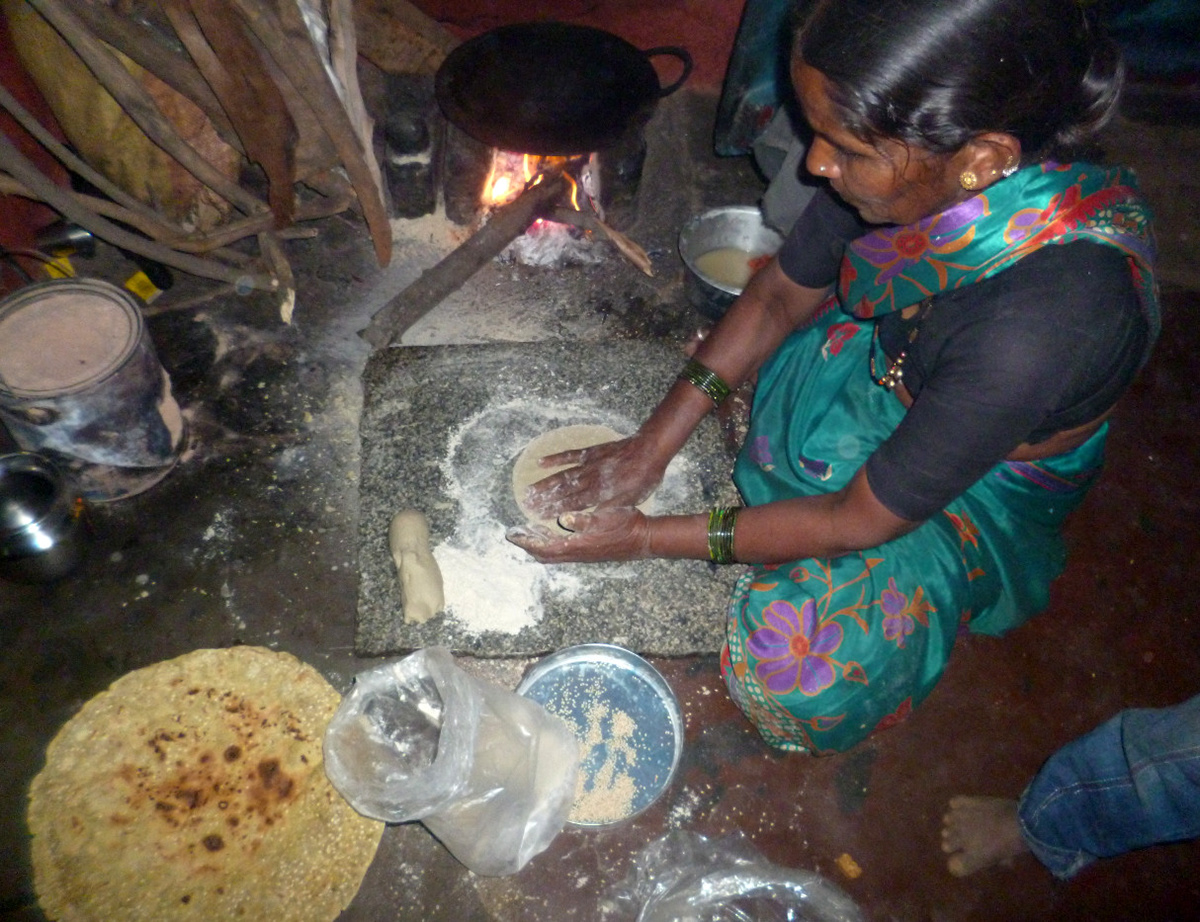
layout of items while cooking, indicates personal preferences
To address these problems of IAP and develop possible solutions, Masstricht University got in touch with IcarusNova. After preliminary research and immersion, IcarusNova realised that creating awareness about better cooking practices, debunking existing beliefs and altering existing behavioural patterns associated with cooking would be a long and arduous journey.
It was then decided by both the teams of Masstricht and IcarusNova, that the immediate need to reduce smoke in a household would be the core focus, while creating broader awareness and accepting better cooking practices would have to be addressed gradually, over a period of time.

creating mock chulhas to understand requirements and expectations
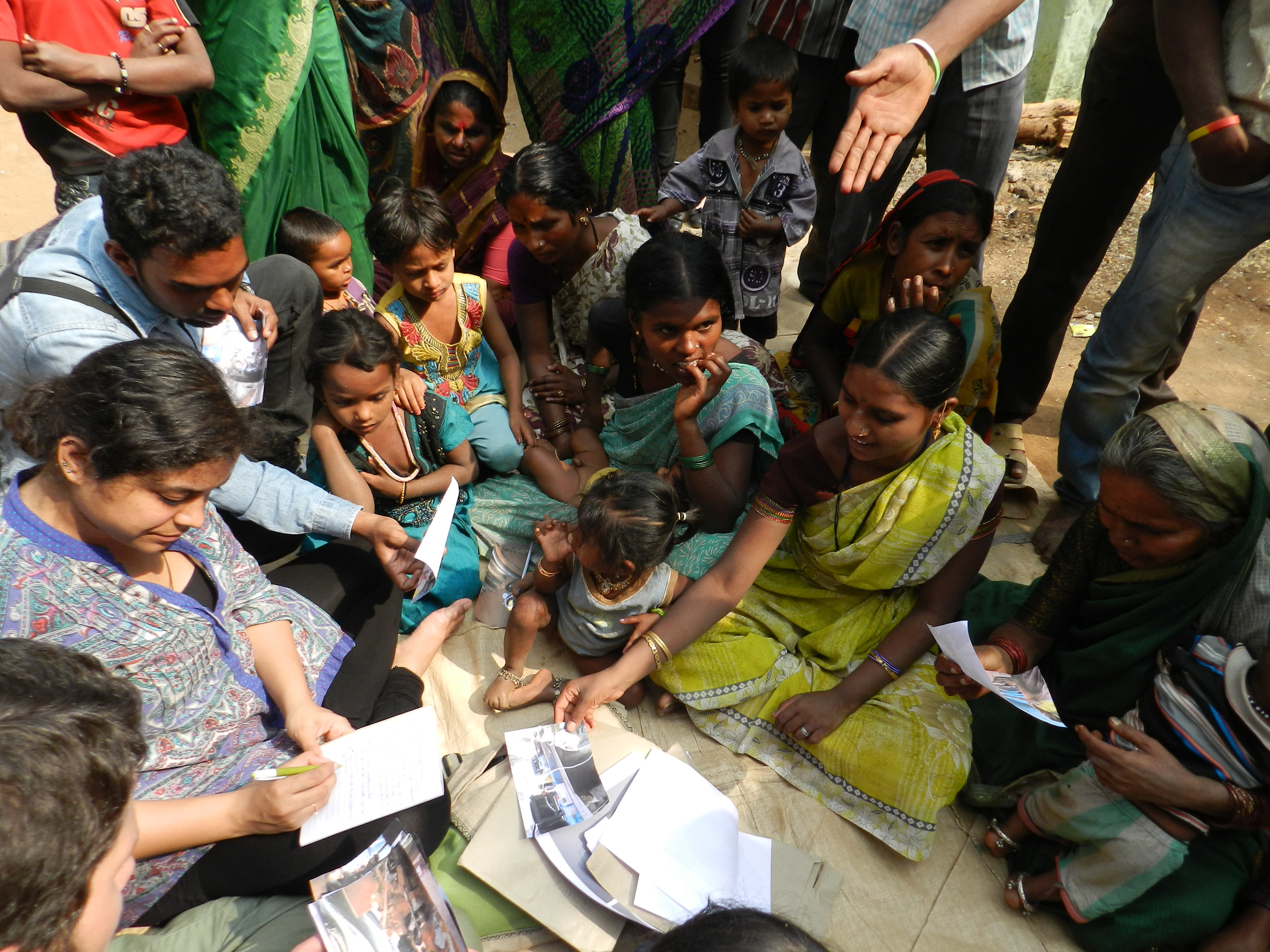
understanding their awareness about COPD and IAP
Realising that a viable solution could not be developed in isolation, both the teams agreed to approach with a step-by-step process of 'co-creation', by involving the users right from the research phase through the prototyping and testing stages, to final solutions.
To better understand their routines, beliefs and expectations related to cooking, we interacted with them on a regular basis ; observing and shadowing them while they collected materials for fuel, cooked and prepared meals for their families. And when we needed to validate hypotheses or have discussions, we developed visual aids and cues, which helped us immensely in working past our mutual language barriers.
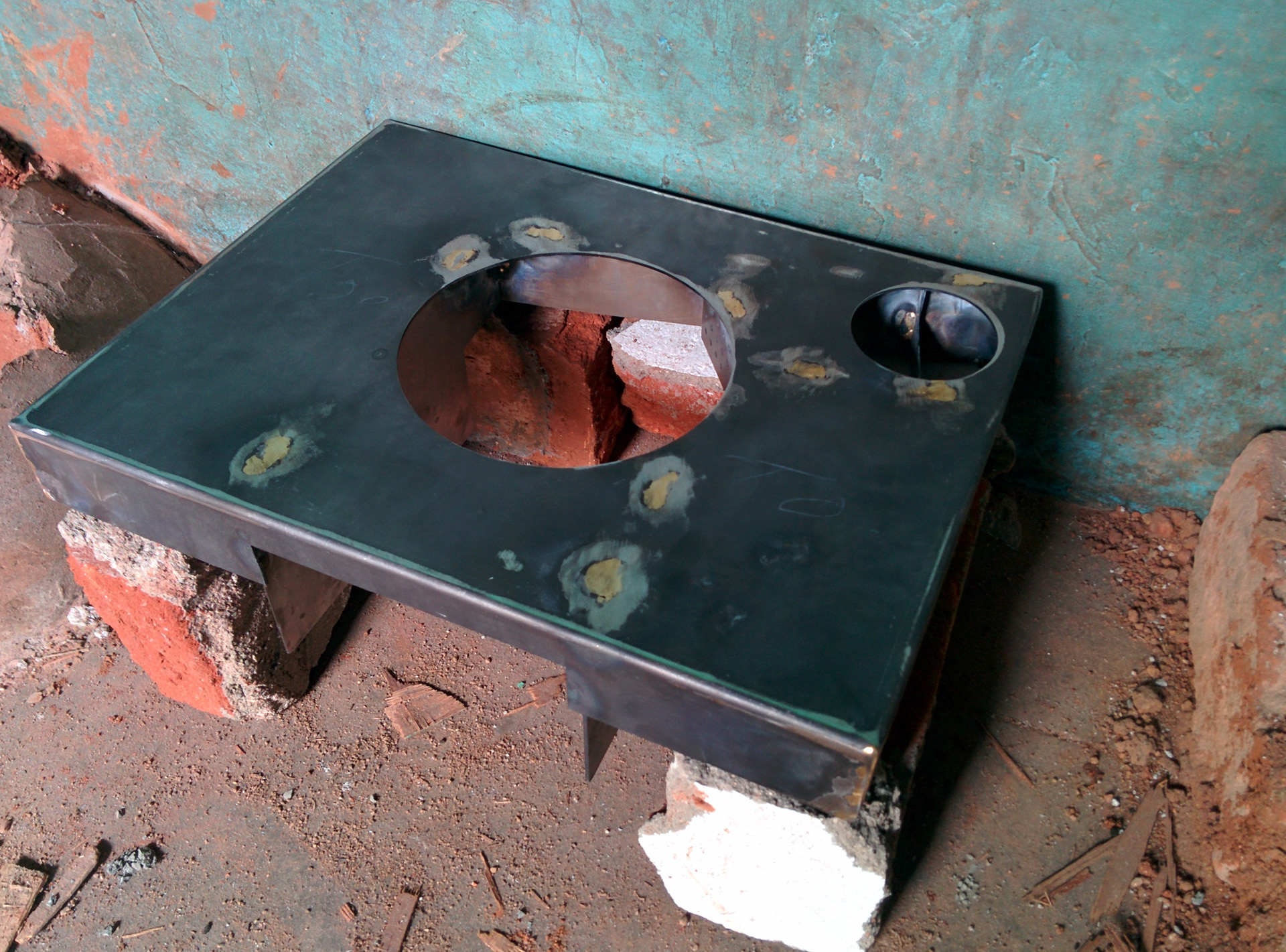
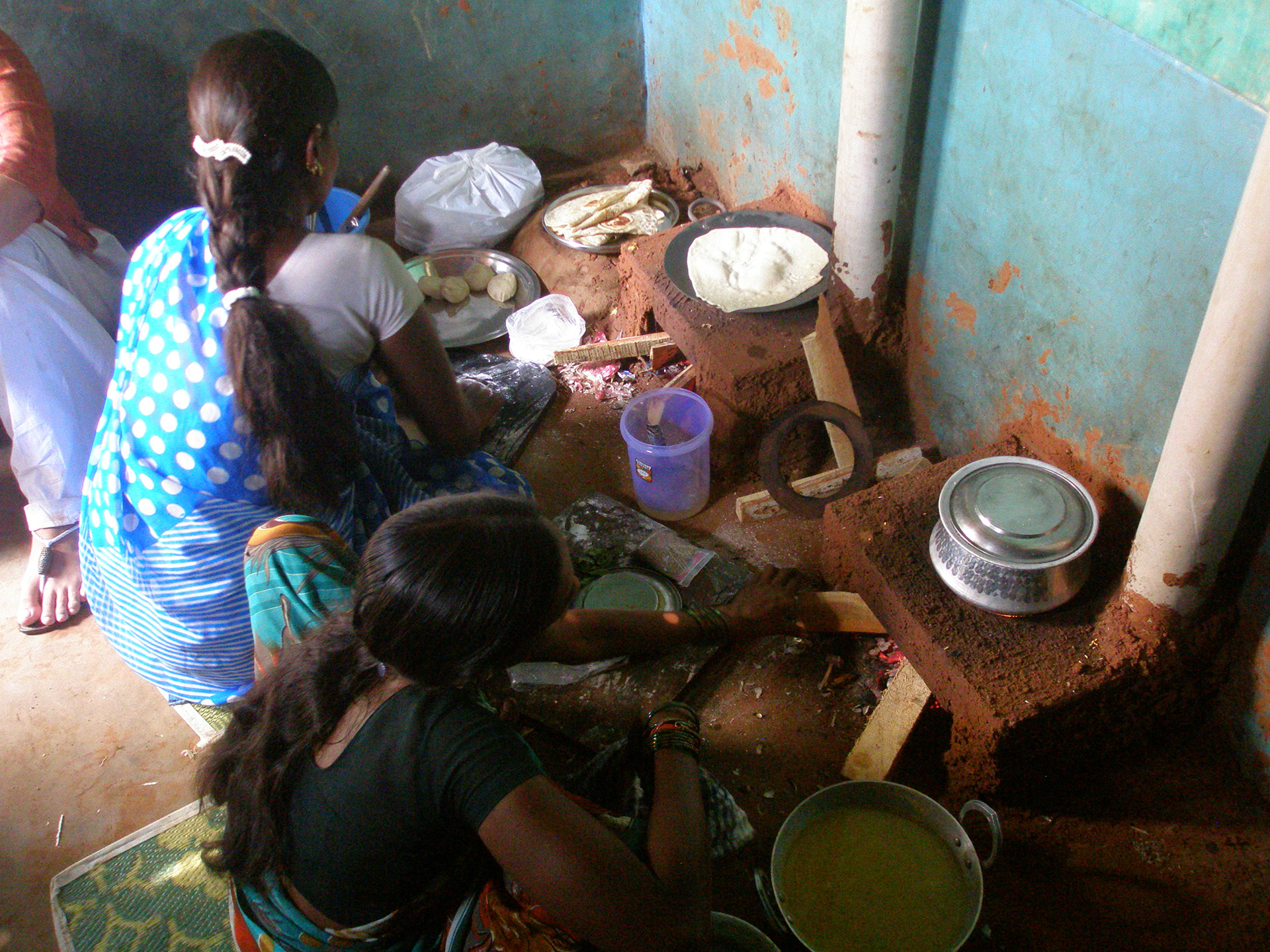
As a starting point, the first mockup was developed as an attachment to the existing chulhas. The aim was to channel as much smoke outside the house, without making any changes to the existing chulhas. Keeping in line with the process of co creation, these mockups were duly tested by the users, who provided us with feedback to further improve the mockup.
Despite the visible reduction in smoke indoors, other important issues such as heat retention inside the burning chamber, excessive draft, consumption of fuel, lack of flame control, were some specific points brought up by the users. This led us back to the drawing table and the eventual development of multiple concepts and mockups.

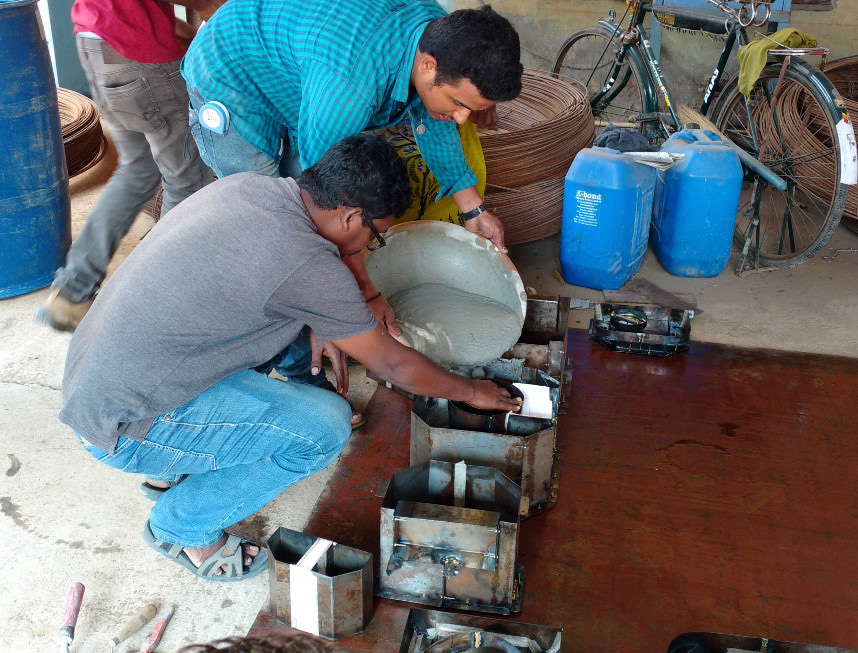
Pouring slurry into molds
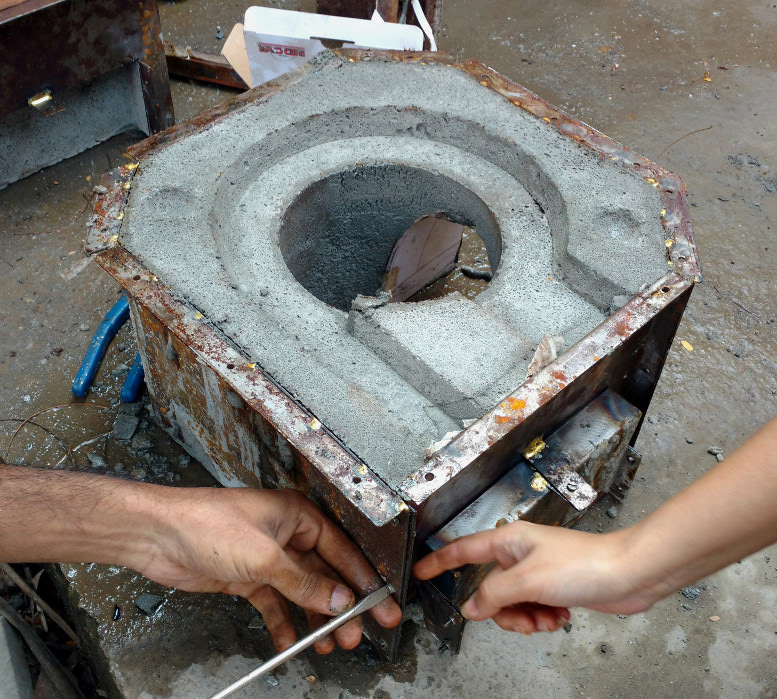
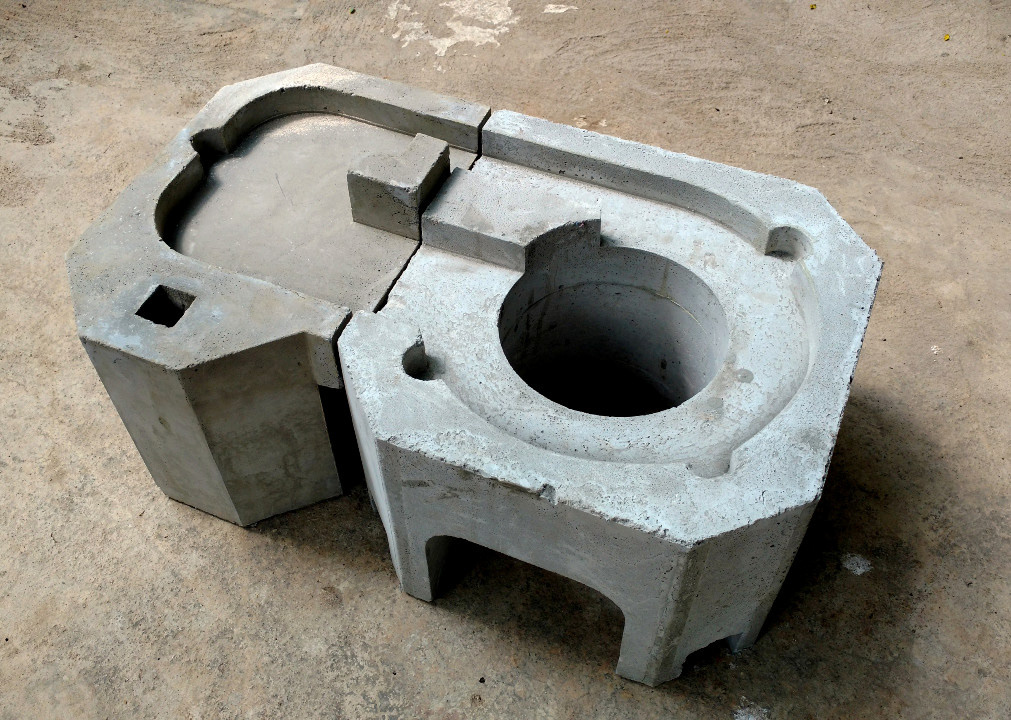
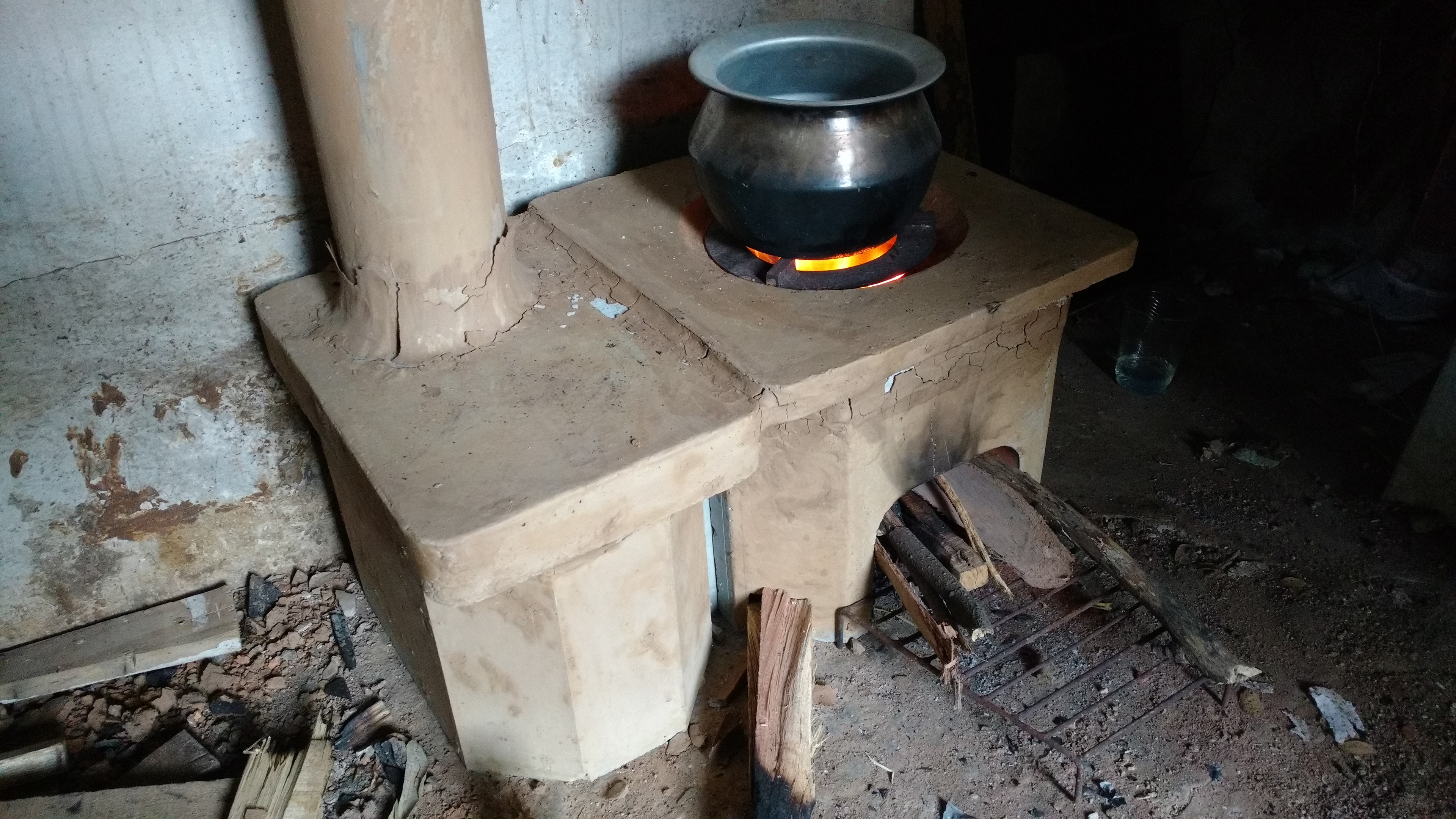
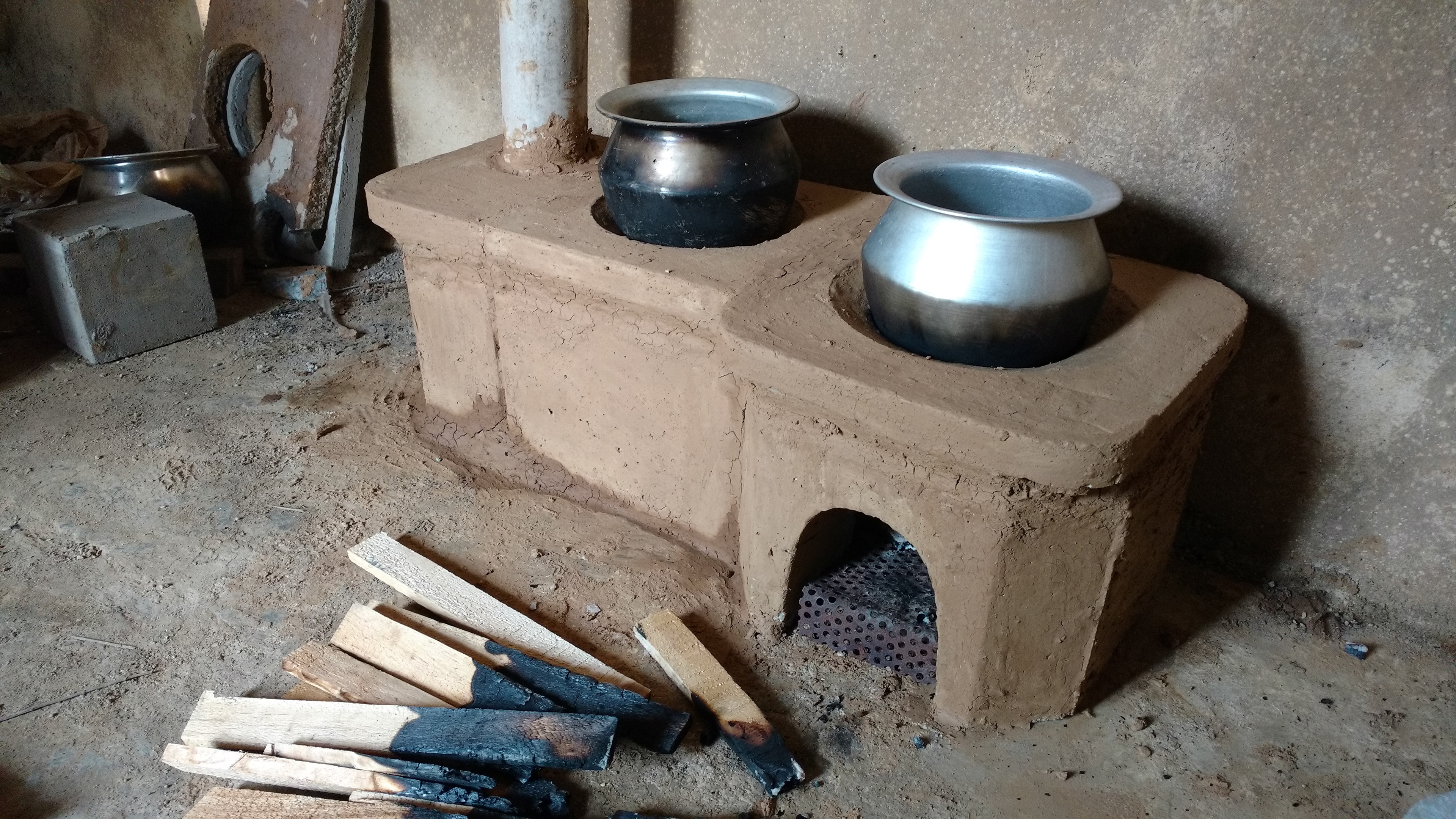
Over a period of 2 years, the IcarusNova team was able to make three versions of working prototypes, which would then be duly tested by the users. During this phase, other factors such as finding the correct material for building the chulhas, the weight of the parts, transportation and installation of the chulhas, also started to play a role in shaping the final concept.
And, with each superseding prototype, all the previously mentioned technical and usability issues of the users were addressed. Infact the final concept now also provided the users with an option to choose between single and multiple burners, as well as the adapt the physical orientation of the chulha based on the layout of the user's house.
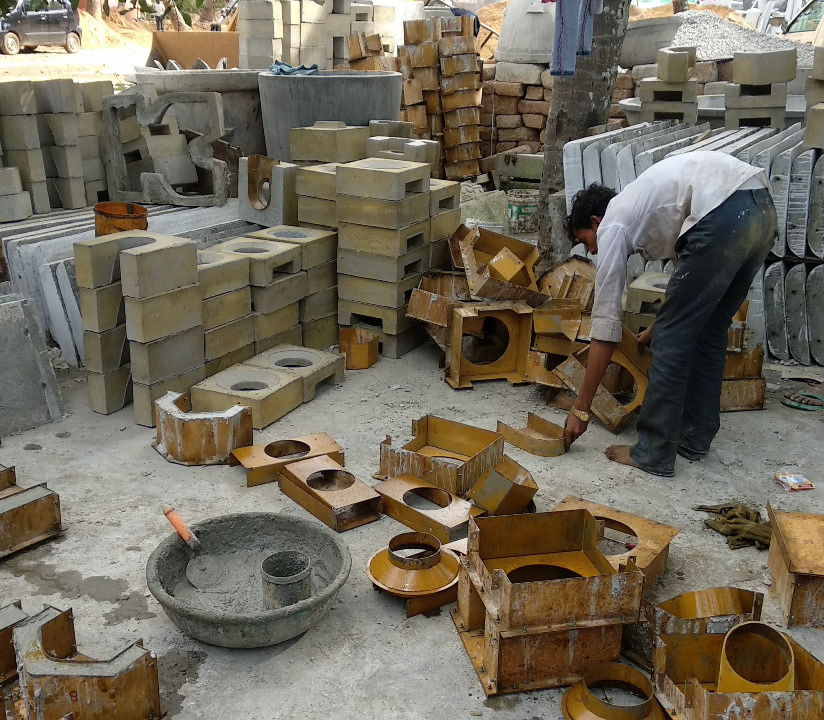
Batch production of the final prototype

Testing the final prototype
After the final prototype was successful in the real-time tests, a small batch production of 150 chulhas was undertaken and these were then installed in the same slums. These chulhas are currently under RCT trials where they are being closely monitored for smoke retention inside the house, efficiency of burning fuel over considerable usage, and eventual wear and tear.
Based on the positive response of this Chulha, Masstricht has also taken this as a reference model to address similar issues of IAP and COPD in other South Asian countries.
Final Prototype installed and in use

